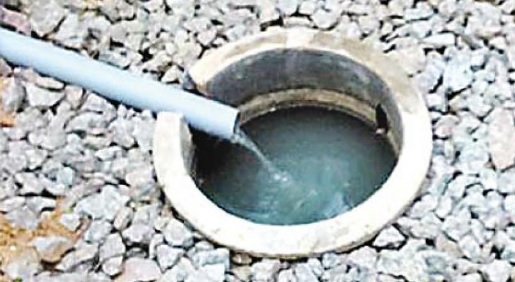A soak pit, also known as leach pit. It is a covered, porous-walled chamber that permits water to slowly soak into the ground.

In the soak pit, pre-settled sewage from the septic tank is delivered to the underground chamber from where it penetrates into the neighboring soils.
It is directly connected to a primary treatment unit of a residential or commercial building.
Table of Contents
Design Considerations
The soak pit should be somewhere in the range of 1.5 and 4 meters deep, yet as a guideline, never under 2 meters over the groundwater table. It should be situated at a safe distance from a drinking water source (normally in excess of 30 m). The soak pit should be avoided in high-traffic regions with the goal that the dirt above and around it isn’t compacted. It tends to be left vacant and fixed with a permeable material to offer help and prevent collapse, or left unlined and loaded up with coarse shakes and rock. The stones and rock will keep the dividers from falling, yet will, in any case, give satisfactory room to the wastewater. In the two cases, a layer of sand and fine rock should be spread across the base to help disperse the flow. To allow for future access, a removable (ideally concrete) cover should be used to seal the pit until it needs to be maintained.
Advantages of Soak Pit:
- The construction process is very easy.
- The soak pit is easy to repair.
- Easy to apply.
- Only required little area to construct.
- Groundwater bodies can be recharged.
- The operating cost is very low.
Disadvantages of Soak Pit:
- Primary water treatment is required to prevent clogging.
- It can affect the quality of the soil.
- In the case of rainfall, it is very difficult to operate.
